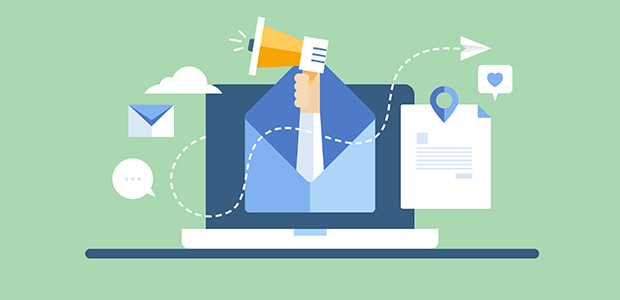A welcome email is the first handshake with your subscribers, where warmth meets opportunity. It's not just an introduction but a pivotal touchpoint that can turn a casual subscriber into a loyal customer. Crafting an effective welcome email is an art that combines psychology, branding, and strategic design. This blueprint lays out the foundational blocks for creating welcome emails that leave a lasting impression and foster loyalty.
The Anatomy of an Impactful Welcome Email:
- A Personal Greeting: Begin with the essentials of a personalized greeting. A friendly tone and a mention of the subscriber's name can make the email feel like a one-on-one conversation.
- An Engaging Introduction: Share your brand’s ethos and story. Connecting your brand values with your subscriber's interests can create a sense of shared principles.
Building the Framework for Trust:
- Show Authenticity: Trust starts with authenticity. Include elements that showcase the human side of your brand, such as a message from the founder or customer testimonials.
- Provide Transparency: Be upfront about what subscribers can expect in terms of email frequency and content, setting clear expectations from the outset.
The Incentive Layer:
- Offer Value Upfront: Entice new subscribers with an exclusive offer or discount as a thank-you for joining your community. This not only encourages a first purchase but also sets the tone for a rewarding relationship.
- Highlight the Benefit: Beyond discounts, elucidate the benefits of staying subscribed, whether it's exclusive content, early access to sales, or loyalty rewards.
Designing for Engagement:
- Visual Appeal: Use attractive visuals that align with your brand identity. A well-designed email can enhance the reader’s experience and reflect the quality of your brand.
- Mobile Optimization: With the majority of emails now opened on mobile devices, ensure your email design is responsive and looks great across all screens.
Crafting a Call to Action:
- Clear Path Forward: Design your CTA to be clear and compelling. Whether it's shopping the latest collection or learning more about your loyalty program, make the next steps obvious and easy to follow.
- Secondary CTAs: Offer secondary calls to action such as following social media channels or reading your latest blog post, providing more ways to interact with your brand.
Reinforcing the Connection:
- Social Proof: Integrate customer reviews or social media buzz to show the thriving community around your brand.
- Share Your Culture: Give a peek into your brand culture with behind-the-scenes content or stories, reinforcing the subscriber's decision to join your brand's journey.
Avoiding Common Mistakes:
- Don’t Overwhelm: A cluttered email can overwhelm subscribers. Keep your content focused and your layout clean.
- Avoid Jargon: Communicate clearly and avoid industry jargon that may confuse new members of your community.
Testing and Learning:
- Split Testing: Use A/B testing for different segments of your audience to see which welcome email elements resonate the most and lead to customer loyalty.
- Continuous Improvement: Email marketing is dynamic. Use subscriber feedback and engagement data to continually refine your welcome emails.
Conclusion:
Your welcome email is the first chapter in the story you’re crafting with your customers. By building a welcome email that resonates on a personal level, provides value, and invites engagement, you lay the groundwork for a relationship that goes beyond transactions to loyalty and advocacy.
Call to Action:
Invite your readers to reevaluate their welcome email strategy with this blueprint in hand. Urge them to put these insights into practice and watch as their new subscribers become not just customers, but passionate brand advocates.



